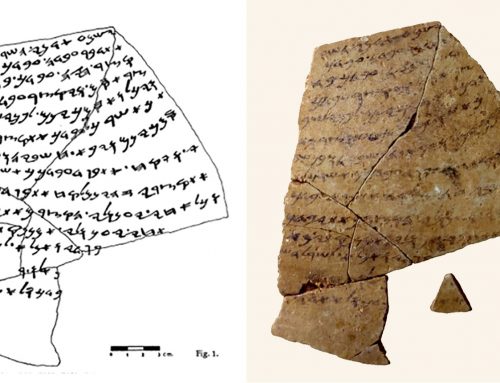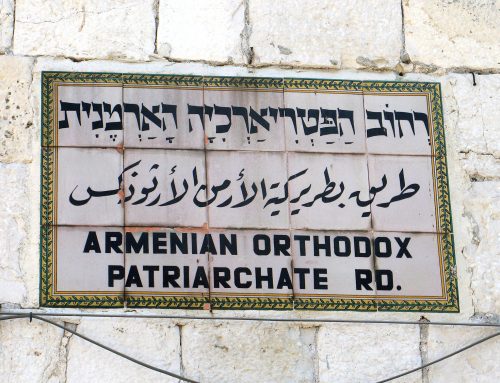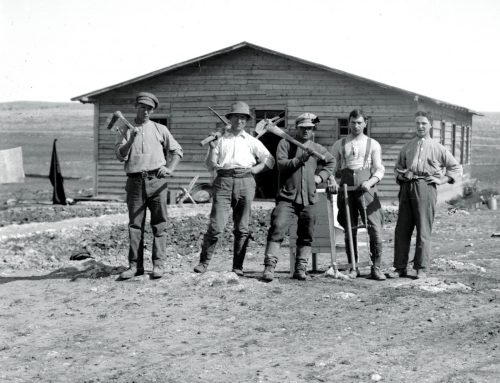The question occurred to me last summer:
‘When is an Israeli not an Israeli?’
 I visited Israel for the first time last summer. I went on a trip through Yad Vashem, the museum dedicated to the Shoah, or Holocaust. I had heard about the museum, but since I am not Jewish, I knew few details about the museum itself. I was struck by the masterful focus on memory. One did not just find objects from the time, but is surrounded by videos of personal testimony in multiple languages. Several points on the grounds encourage one to stop and think and remember.
I visited Israel for the first time last summer. I went on a trip through Yad Vashem, the museum dedicated to the Shoah, or Holocaust. I had heard about the museum, but since I am not Jewish, I knew few details about the museum itself. I was struck by the masterful focus on memory. One did not just find objects from the time, but is surrounded by videos of personal testimony in multiple languages. Several points on the grounds encourage one to stop and think and remember.
After leaving, I reflected on the path that I took through the museum. The museum did not just commemorate; it told a story. As I walked through the museum, I progressed through time, from early anti-Semitism, through the Holocaust, to the modern state of Israel. This museum did not just tell the story of the Holocaust, but of this modern country.
Then, a question came up in my mind. If the Holocaust is an essential part of the story of Israel, what is the story of the Israeli Jew who did not experience the Holocaust? If Yad Vashem tells the story of Israel, where does the Sephardic Jew fit in the story?
That evening I spent talking to my Israeli friends about my observations. They said that this is a problem. Pressure exists in Israel to assimilate to Ashkenazic norms. Ultra-Orthodox Sephardim tend to take on the clothing and habits of Ultra-Orthodox Ashkenazim. During the time I was in Israel, a group of Ultra-Orthodox Ashkenazim pulled their children out of the Ultra-Orthodox Sephardic because it was not Orthodox enough. And from what I understand, Ashkenaz/Sephardic tension is not isolated to the Ultra-Orthodox. (I have heard jokes about Moroccan Jews, for example.)
Is it possible that ethnic tension between Ashkenazim and Sephardim comes from the story of Israel itself, arising from the ashes of the Shoah? I look forward to the work of Yad Vashem as it provides space for contemplation on the effects of memory, identity, division, and intolerance, with hopes that it successfully incorporates a multi-ethnic Jewry with diverse memories and experiences into a single state.







Leave A Comment